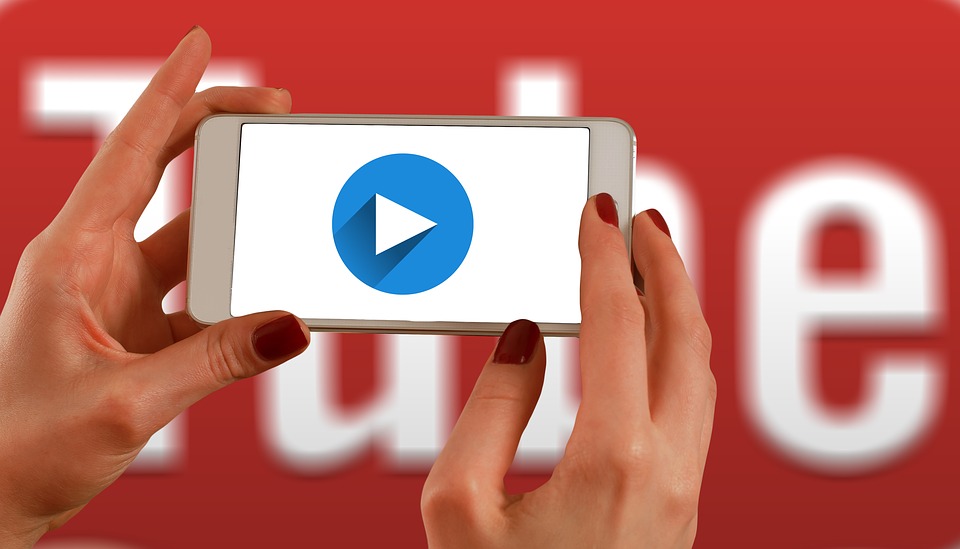It is not surprising that multinational companies often use every media format in order to reach their target audience – and using visuals is still among the most effective ways to do so. However, video formats are no longer restricted to TV spots and commercials, they can be used as an introduction to the company, they can serve as training tutorials or as means for internal communication. Still, there are several aspects you have to take into account in relation to whether you would like to have your video subtitled or dubbed for your international audience.
Subtitling might be an easier option in a lot of cases. It is easy to create, quick to translate, and you do not have to have special equipment or technical assistance to create a subtitled video – you just have to have the script of the video time-coded, and you can even do it in a simple Notepad application. Furthermore, file-sharing sites (e.g. YouTube) provide an easy platform to make your content easily accessible both in terms of format and language, while with embedding, you can also enhance your website with this. Finally, subtitles can be optimised for SEO as well. However, there are some disadvantages. On the one hand, there is a limit to how many characters should appear in a segment in order to make it readable, and editing the subtitles might be challenging for languages that use longer words or that agglutinate, and sometimes compromises should be made to convey the overall message of the video. In addition to that, subtitles might distract the viewer from the visual content of the video.
Subtitles can be the perfect solution, for example, for a short introductory video on your website, interviews, or the presentation of a new product. Advertisements are usually dubbed, but there are special cases where subtitling is more appropriate or, at least, used more often – e.g. in the case of perfume ads where often the few and sparsely used buzzwords are part of the aesthetic power of the video.
Adding a voiceover to your visual media is a more complex and more expensive process. This requires technical equipment and staff. The timing of the speech is also key, but in this case it is the rhythm of the spoken language that plays an important role. Still, despite the complicated method, videos with a voiceover can sound more authentic as these can reproduce the cadence and the emphasis of the original speech in the mother tongue of the viewer.
Most of the advertisement spots in the media are dubbed to underline their credibility. However, videos with an important visual content should also be dubbed and not subtitled so that the spectator should not have to divide his/her attention between the visuals and the subtitle. Training videos with animations, charts or other graphical solutions, for example, might benefit from a voiceover, especially if the visuals are simultaneously explained or provide further information that might be lost with subtitles.
In conclusion, there is no definitive answer on whether subtitling or dubbing is the better option. Nonetheless, there are three aspects that you have to take into consideration: your target audience, your technical possibilities, and your budget. For simpler multimedia content, there is no doubt that subtitling provides a straightforward and feasible solution. For more complex video projects, however, it might be reasonable to consult with experts even in the preliminary stages of the project so that the production is streamlined and hassle-free.
Written by Zsolt Beke
Get a first-hand experience on how our language services can contribute to your success! Get in touch with us for a quote if you need translation or any relevant services.
To stay updated with our latest SPECIAL OFFERS and to receive our regular newsletter, please subscribe here.



